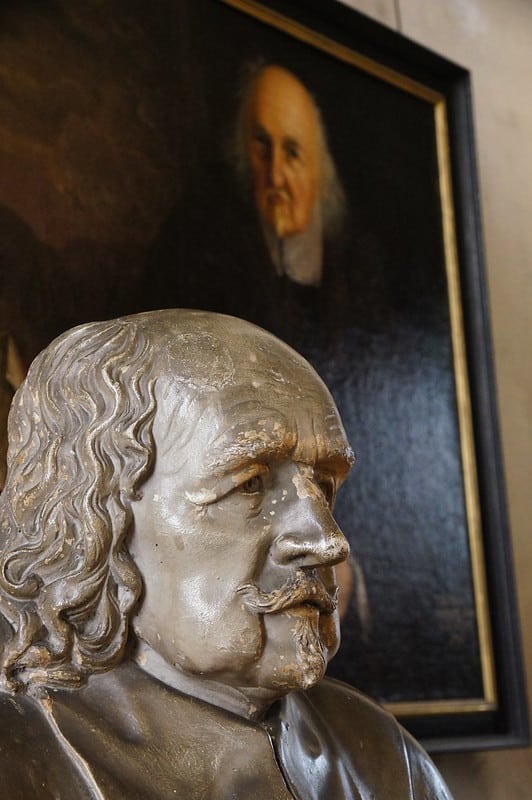This article originally appeared in The Skeptic, Volume 2, Issue 4, from 1988.
Since the seventies there has been a revival of interest in, and a considerable expansion of the study of, near-death experiences (NDEs); especially those describable as out-of-the-body experiences (OBEs). For instance, J.C. Hampe’s To Die is to Gain (London: Darton, Langman and Todd, 1972) and R.A. Moody’s Life After Life (New York: Bantam, 1977) have both sold well and attracted the attention of the electronic media. In Immortality or Extinction (London: Macmillan, 1982), Paul and Linda Badham round off their very creditably critical account of the research reports of these and other writers by asking: “If we accept these ‘traveller’s tales’ from the dying as evidential, what conclusions follow?”
Their own cautious verdict about those NDEs that are also ODEs is: “If no other plausible explanation can be put forward, then we have some grounds for accepting them as being what their percipients claim them to be – reports of what actually happens at the moment of death. And what appears to happen is that the soul leaves the body and begins to move on to another mode of existence.” (p. 89)

Hold it, now! Is there any good reason to believe that these tales are evidence for anything other than the experiences that their tellers may or may not have had in the privacy of their own minds? Let us never forget how the incorrigible Thomas Hobbes responded to the claim that God spoke to some prophet in a dream: “Certainly, I will allow that he dreamed that God spoke to him.”
What we can deal with here, and perhaps settle, is the small question of whether any OBEs either do or could support, as the Bradhams and so many others clearly believe, a Platonic-Cartesian view of the nature of man. It is only if that is answered in the affirmative that there arises the question of whether they do or could constitute evidence for survival.
The prior question itself arises because many people have reported that, usually in the crisis period of a serious illness, it has seemed to them that they were seeing themselves from a point of view other than that occupied by their own eyes, and probably while their eyes were in any case shut. They have seemed to see, and much more rarely in other modes to perceive, both themselves lying apparently unconscious in their beds and other objects not visible or otherwise sensible from the position of those beds. It is said too that sometimes the subjects of these OBEs produce information, which appears to them to have been sensibly acquired, about objects not normally observable, even by the medical staff and fit visitors (Badham 1982, pp. 74-5 ).
Certainly these first are very odd and very remarkable experiences. Nor is there any reasonable doubt that they do occur; although whether any of their subjects can in fact produce information about objects not normally observable is open to question. If and in so far as it is established that they do, then these productions of information will have to be rated as ESP performances. But what is grossly uneconomic and gratuitous is to attribute such performances to incorporeal souls, postulated ad hoc, rather than to the flesh and blood persons who were the patients of the OBEs in question. It is enough to have to hypothesise ESP, without also hypothesising immaterial souls to be its agents: “Agents,” as Ockham is supposed to have said, “are not to be multiplied beyond necessity.”
The fact that OBEs do occur, albeit rarely, is no more a reason for saying that the person having such experiences is at the time disembodied, than is the fact that we can all image (that is, form a mental image of) ongoings distant in either time or place a reason for saying that; when we are engaged in these imagings, we are actually then or there, rather than when and where we in fact are. And, if subjects do produce information about objects not normally observable by anyone, then, as in the séance room situation, these achievements can and should be most economically described in terms of the psi-powers of those subjects.
It is best to assimilate the case of OBEs to that of imagination (imaging). For what is in dispute is not really what (private) experiences are had or what mental images are formed, but how these experiences and these images are properly to be described. So, just as the correct answer to the question, “Where and when is the woman imagining she is Helen of Troy, being seduced by Paris?” is “Wherever she is when she is doing the imagining; maybe in boring Bootle on a wet Sunday afternoon!”; so the answer to the question “Where was the patient when he was having the out of the body experiences?” is – just as dispiritingly – “In his bed, apparently unconscious.”



